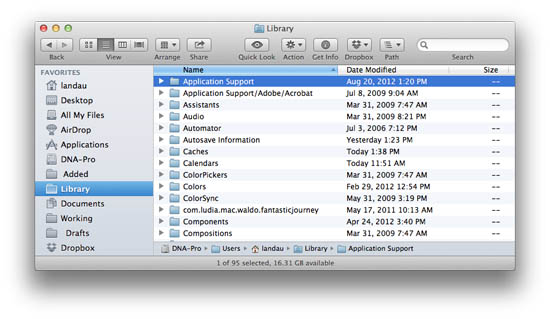

Large boxes form a multi-coloured grid that sits on top of a customisable background. We can see why the Start screen (effectively a replacement for the old Start Menu) is an interesting environment. To evaluate Windows 8, we used a Lenovo IdeaPad Yoga 13 – a 13in ultraportable laptop whose screen folds back 360 degrees so it can also be used as a tablet – and for OS X, we sourced a 13in Macbook Air. In order to make this more manageable, we’re comparing the two operating systems as they arrive out of the box, with no third-party browsers, email clients, photo managers, or anything else installed. In this feature we’re going to compare both sides of Windows 8 against Mountain Lion. Since it isn’t possible to run older applications in the Modern UI, Microsoft has had no choice but to retain the traditional desktop environment, making Windows 8 an operating system of two halves. Finally, it’s possible to experience Windows 8 as Microsoft intended.

We’re now seeing PCs manufactured specifically with the Modern UI in mind, featuring touch-screens, gesture-supporting touchpads, and even some unusual designs that enable laptops to transform into tablets. It’s certainly possible to use the Modern UI with a keyboard and mouse, but it can take more clicks to accomplish a task in Windows 8 than in previous versions. One of the problems Windows 8 has faced is being a touch-based OS often running on machines with only a keyboard and mouse for input.


 0 kommentar(er)
0 kommentar(er)
